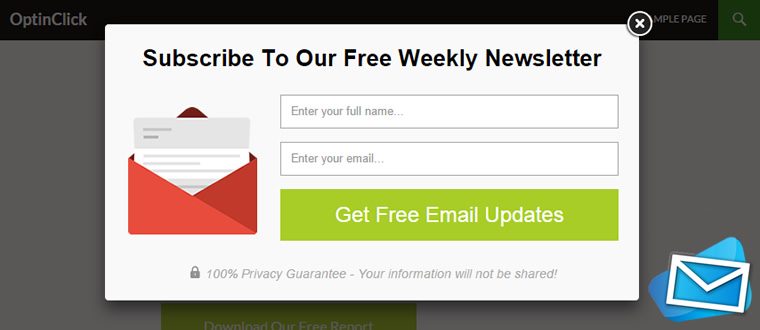Opt-In Email Marketing Vs. Bulk Email Spam
Since the advent of the email, many companies have been using email marketing as a means and medium by which they promote or sell their products or services. While this is one of the most cost-effective ways of direct marketing, some practitioners have not learned to distinguish between sending bulk email spam and valid or “opt-in” email.
Spam vs. opt-in email: definitions
Bulk email spam: Spam is any email sent for commercial purposes without permission from the receiver. This means that if you’re sending emails to your friends, family and colleagues, it does not qualify as spam. However, if you’re sending a batch of emails to people who never asked to receive them from you, promoting your latest line of shaving products, you’re most definitely sending spam.
Opt-in email: Opt-in email is any commercial email sent to people who have specifically signed up to receive it. Permission, in this respect, is clear-cut. If you have a list based on people who have signed up to receive emails about travel in general but not your travel agency, it doesn’t qualify as specific permission. If you have a list of people who have agreed, in some form of writing, link clicking or other evidence, that they want to receive emails from your travel agency specifically, you fall well within the bounds of opt-in.1
Not going into the technical details of this comparison. Because bottom line is that “SPAM” does not do you good. Maintaining this practice often time brands you. Your email and your product may be branded as part of some shady business or “SCAM”. This increases your list of unresponsive email recipients. Some of these unresponsive recipients may even mark emails coming from you as “SPAM”. And afterward, all your email goes directly either to the “SPAM” inbox. “SPAM” gets deleted every few days or your email goes directly to “BIN” or “TRASH”.
This practice makes waste of your mailing list. The best way and the proper way is this:
On your website, on somewhere prominent like a sidebar, you may include a “Join Mailing List” or “Be Informed” contact form. This is where people interested in what you have to sell “opt-in” or willingly give you their names and emails. This is the “Proper” or “Legal” way send them email marketing stuff. Take note, however, that this is not your “Go Signal” to email people on your list every single day. This would still be technical “SPAM” and this harasses your great list of “opt-in” prospects.
This is where people interested in what you have to sell “opt-in” or willingly give you their names and emails. This is the “Proper” or “Legal” way send them email marketing stuff. Take note, however, that this is not your “Go Signal” to email people on your list every single day. This would still be technical “SPAM” and this harasses your great list of “opt-in” prospects.
This would still be technical “SPAM” and this harasses your great list of “opt-in” prospects.
In marketing, this means, that your list contains a population of people who are interested in your product. This oftentimes would translate to actual inquiries and eventually actual sales. Having a clean list of recipients, increase your chances of getting that sale. “SPAM” may, in layman’s terms, be classified together with “PHISHING” emails, which are very misleading and annoying.
1 Source



This Post Has 0 Comments